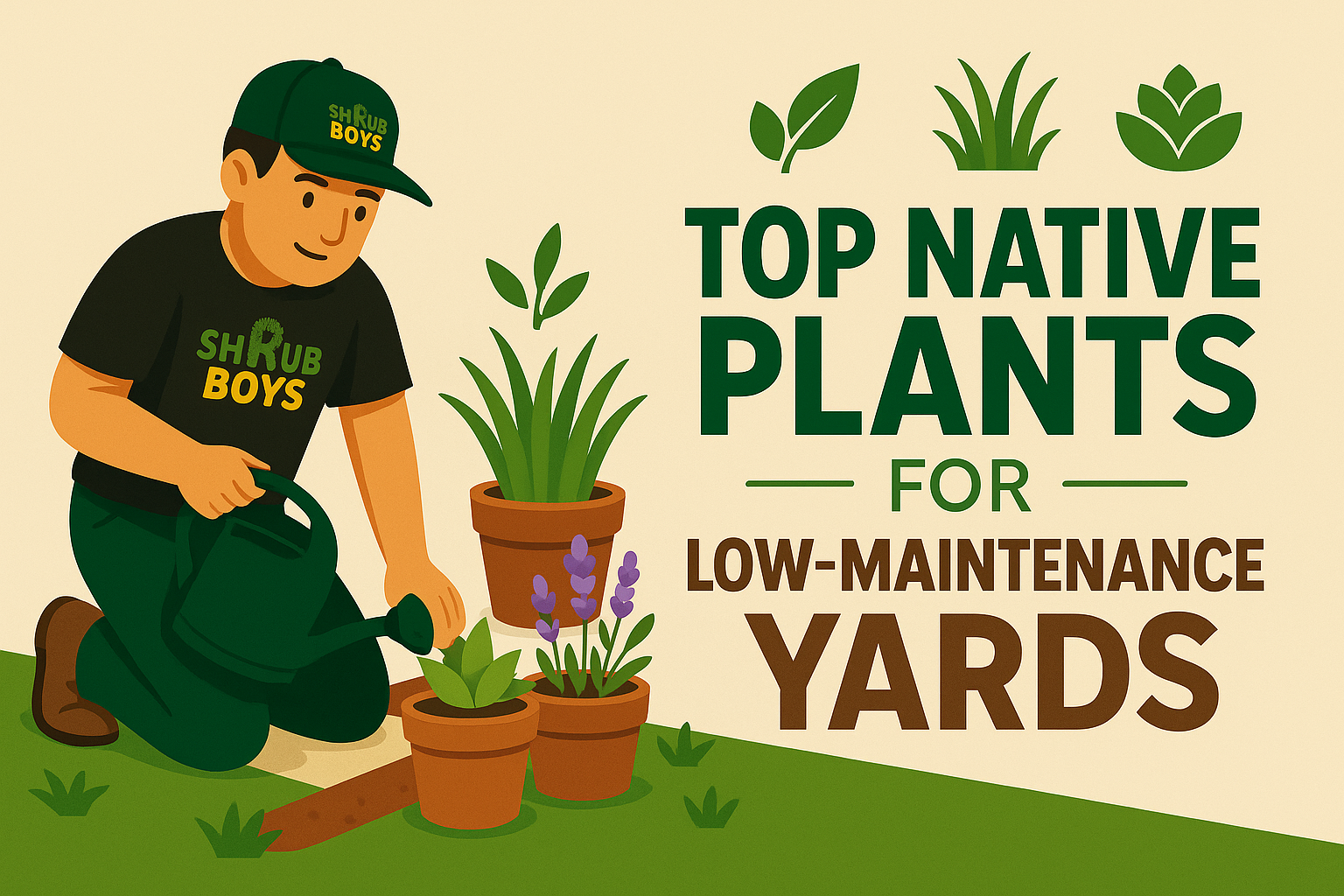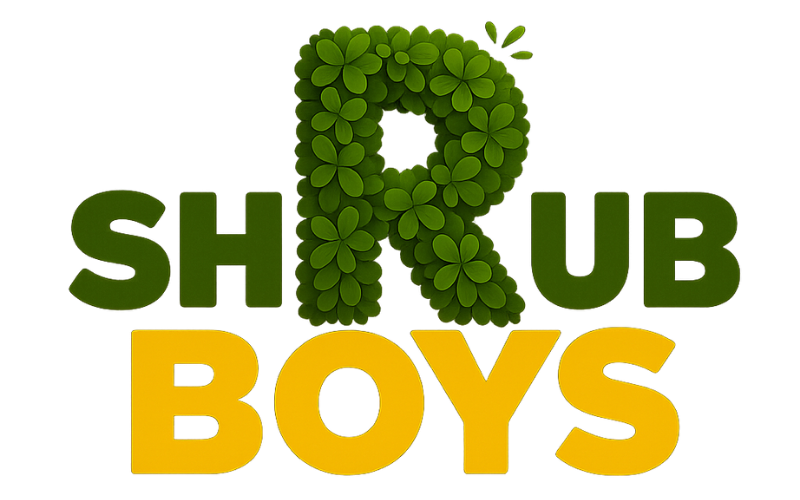Top Native Plants for Low-Maintenance Yards
Discover the best native plants that thrive in our climate, require minimal care, and add year-round beauty to your landscape.
• Landscaping
Native Plants Low Maintenance Ecological

Why Native Plants Are the Ultimate Low-Maintenance Choice
Native plants evolved to thrive in local soil, temperature, and rainfall patterns—making them exceptionally resilient. By choosing indigenous species, you tap into millions of years of adaptation—they resist local pests, need far less supplemental watering, and support pollinators, birds, and beneficial insects. A yard planted with natives saves time, conserves resources, and delivers stunning seasonal color and texture.
1. Purple Coneflower (Echinacea purpurea)
- Appearance: Large, daisy-like magenta blooms with a spiky orange center. Grows 2–4 ft tall.
- Bloom Season: Early summer through fall.
- Care Tips: Once established, tolerates drought and poor soils. Deadhead spent blooms to prolong flowering. Cut back old stems in late winter.
- Benefits: Attracts butterflies and bees; seed heads feed songbirds in late fall.
2. Black-Eyed Susan (Rudbeckia hirta)
- Appearance: Bright yellow petals around a dark brown cone. 1–3 ft tall.
- Bloom Season: Mid-summer to early autumn.
- Care Tips: Sow seeds directly or transplant seedlings. Self-seeds heavily—thin extras as needed. Mulch lightly to retain moisture.
- Benefits: Excellent cut flower; supports pollinators.
3. Switchgrass (Panicum virgatum)
- Appearance: Upright clumps of blue-green leaves, turning amber in fall. 4–6 ft tall.
- Seasonal Interest: Airy seed heads in late summer, rich autumn color.
- Care Tips: Cut back to 6–12" in late winter before new growth. Minimal maintenance once established.
- Benefits: Deep roots improve soil structure and prevent erosion; habitat for birds.
4. Coral Honeysuckle (Lonicera sempervirens)
- Appearance: Climbing vine with tubular red-orange flowers; evergreen in mild zones.
- Bloom Season: Spring through early summer, with occasional rebloom.
- Care Tips: Provide a sturdy trellis or fence. Prune lightly after flowering. Drought-tolerant once established.
- Benefits: Hummingbird magnet; low pest and disease issues.
5. Wild Bergamot (Monarda fistulosa)
- Appearance: Lavender-pink pom-pom clusters atop aromatic foliage. 2–4 ft tall.
- Bloom Season: Summer (June–August).
- Care Tips: Prefers full sun and well-drained soil. Divide every 2–3 years. Watch for powdery mildew—improve air circulation.
- Benefits: Excellent pollinator plant; leaves can be used in teas or potpourri.
Planting & Maintenance Best Practices
- Right Plant, Right Place: Group by sun/shade requirements for optimal growth.
- Soil Preparation: Loosen the top 6–8" of soil; amend lightly with compost—native plants prefer lean soils.
- Mulching: Apply a 2–3" layer of organic mulch to suppress weeds and conserve moisture.
- Watering Schedule: Water deeply once a week for the first two months; thereafter, rely on rainfall except in extreme drought.
Designing a Cohesive Native Garden
- Layered Planting: Combine groundcovers, mid-height perennials, and taller grasses for depth.
- Color & Texture: Alternate bold blooms with soft foliage; contrast leaf shapes.
- Seasonal Flow: Stagger bloom times to ensure continuous interest from spring through fall.
